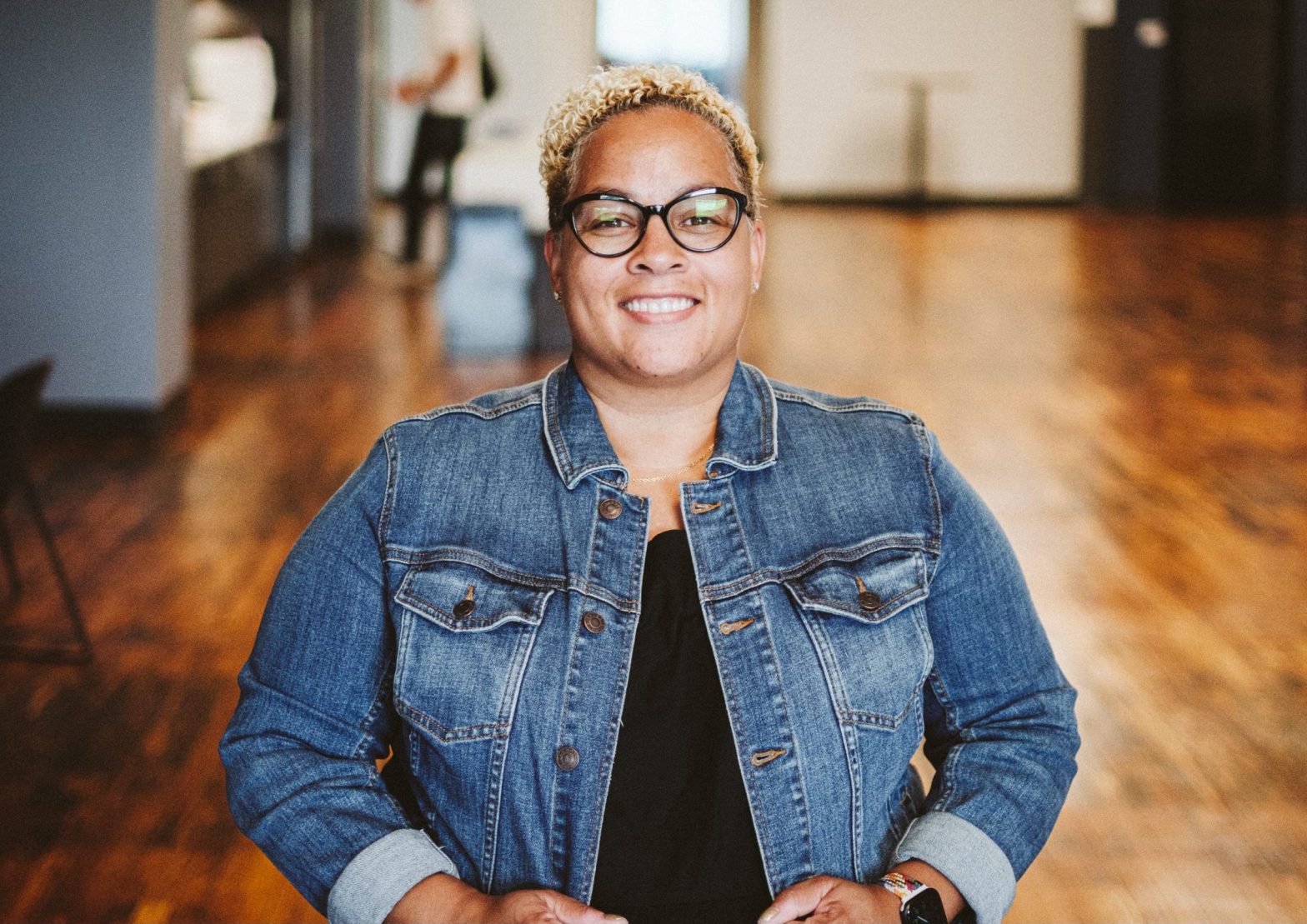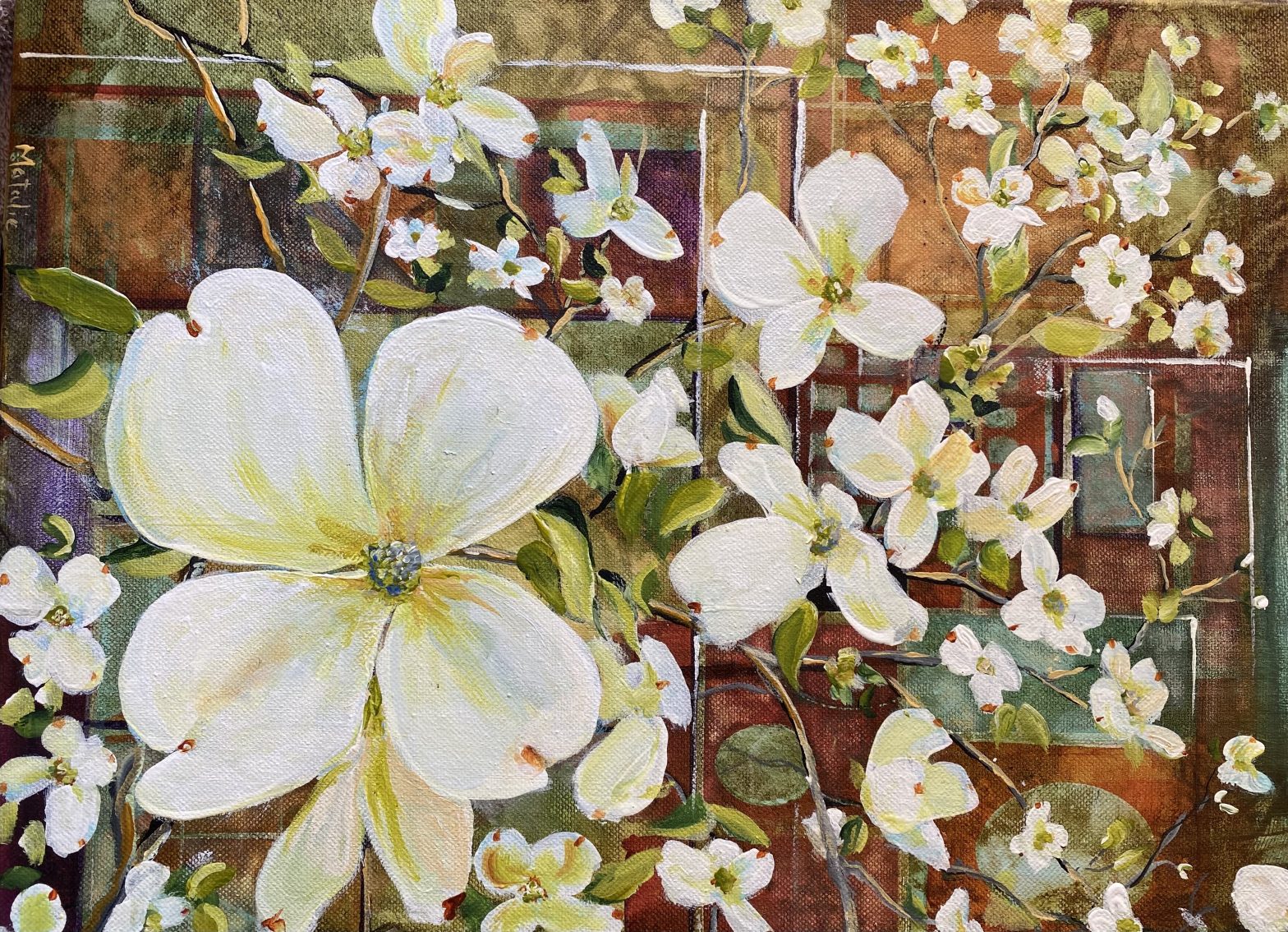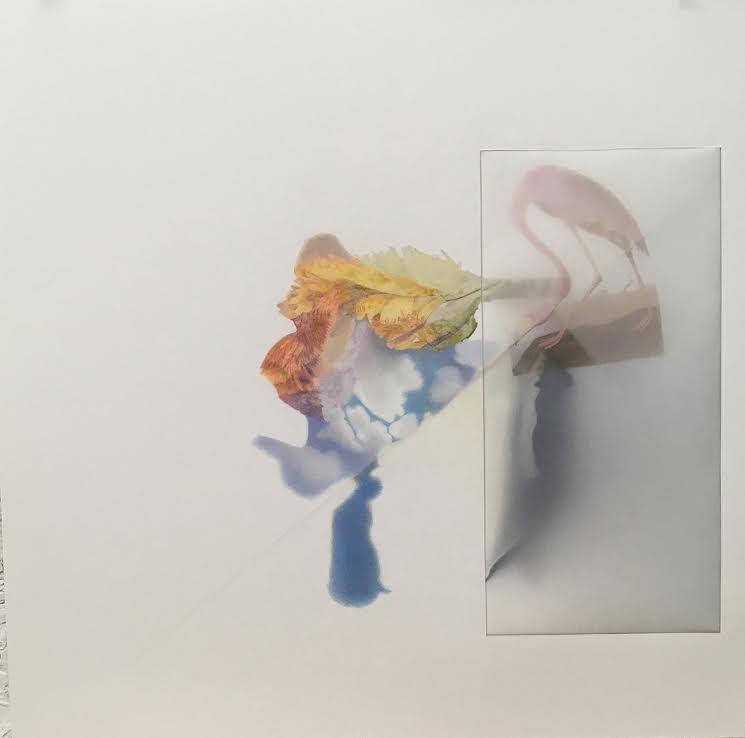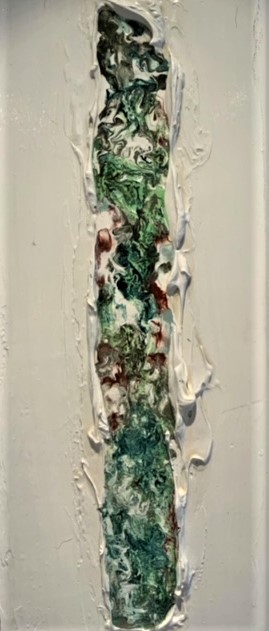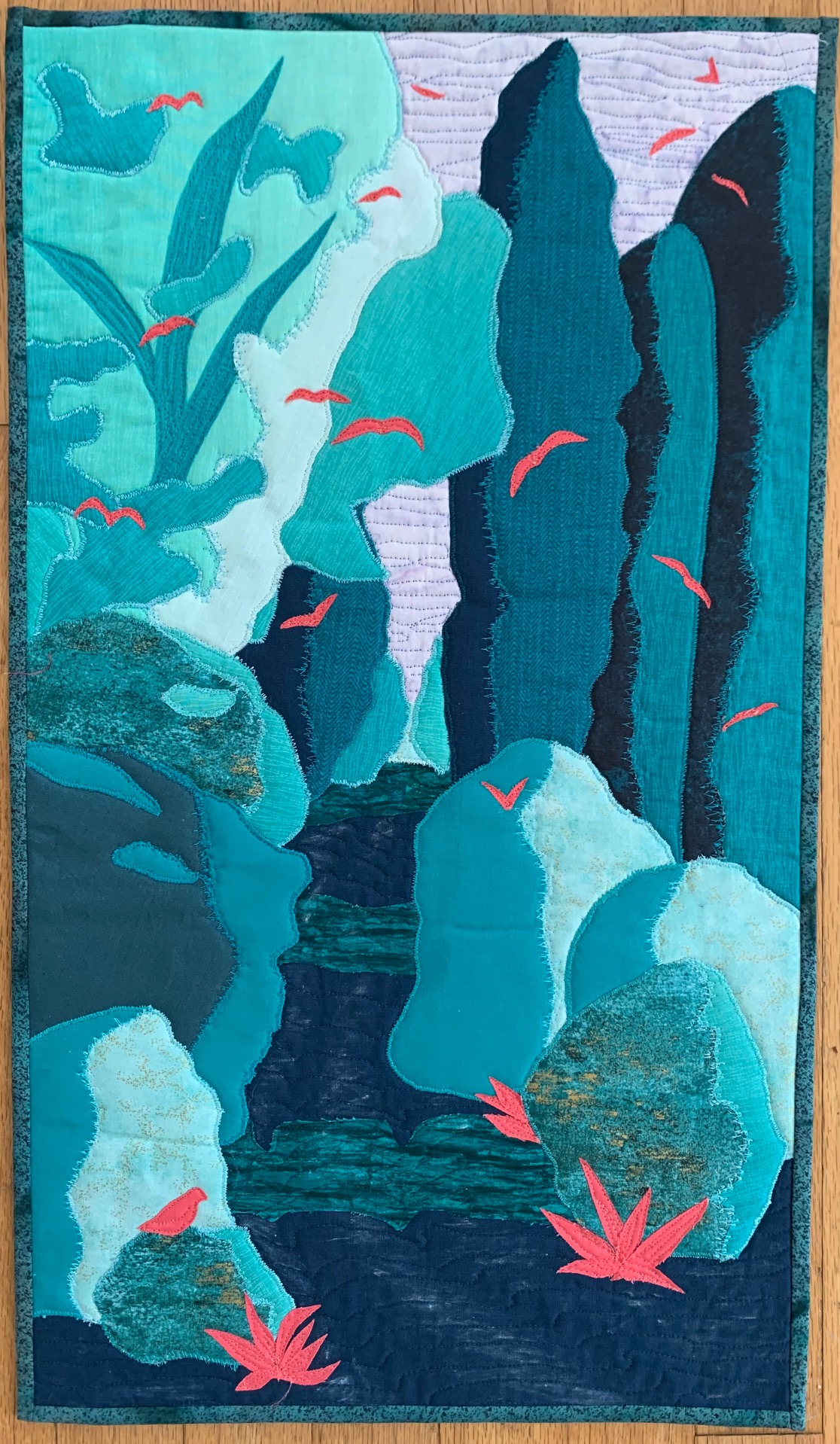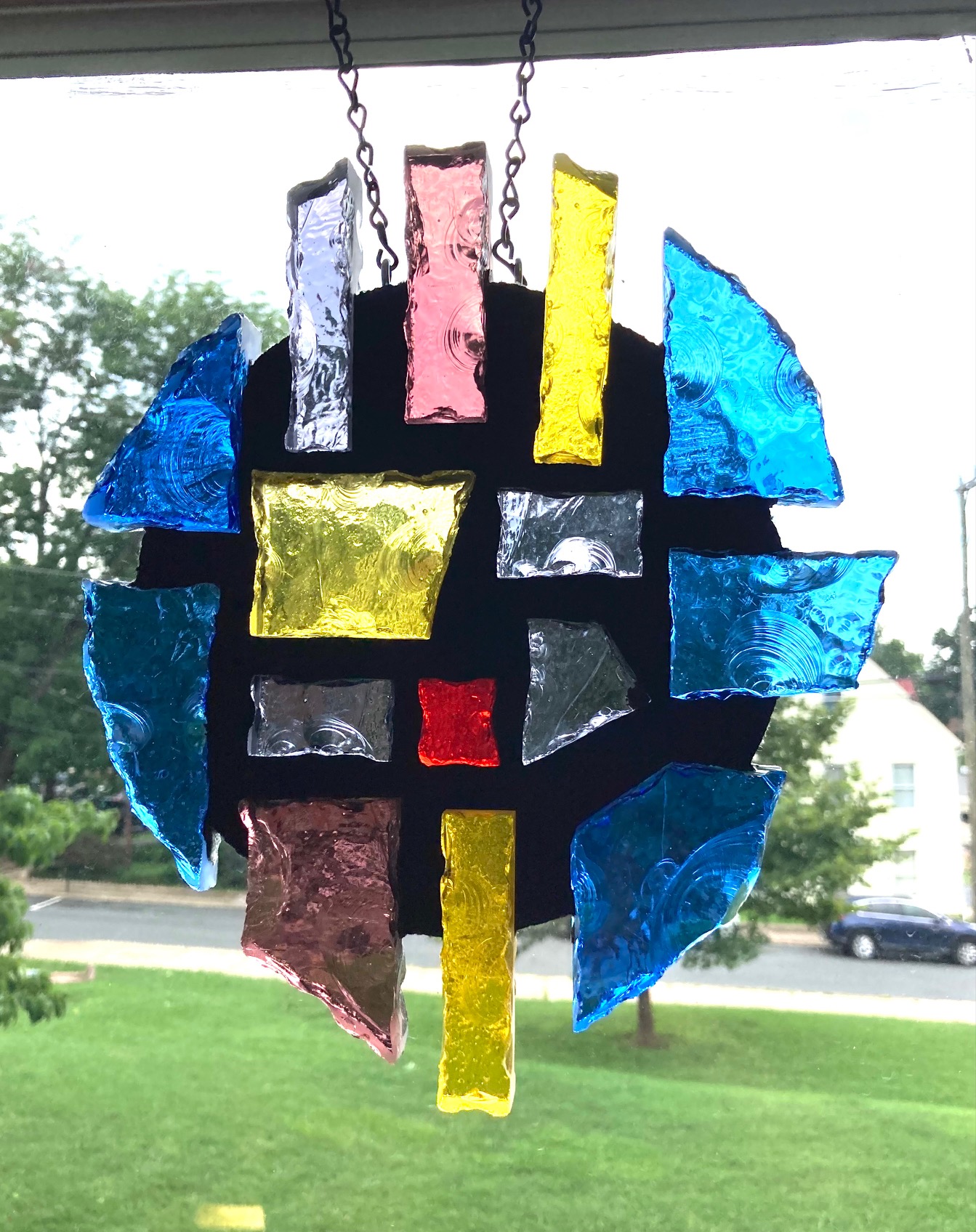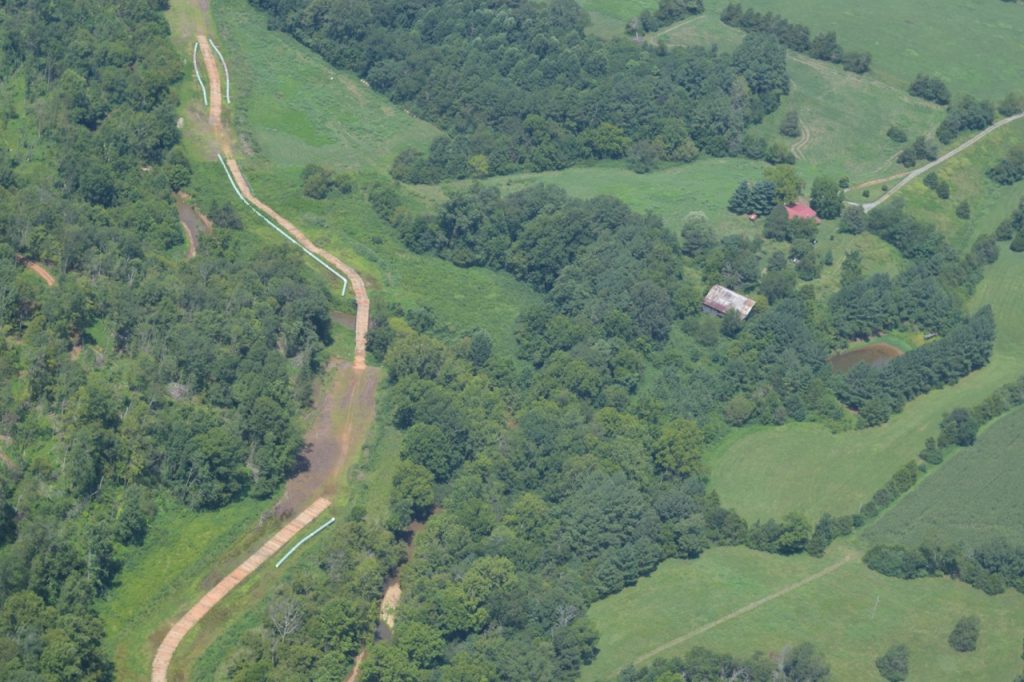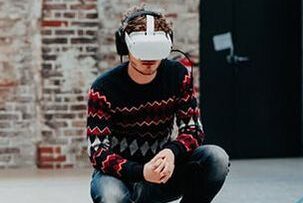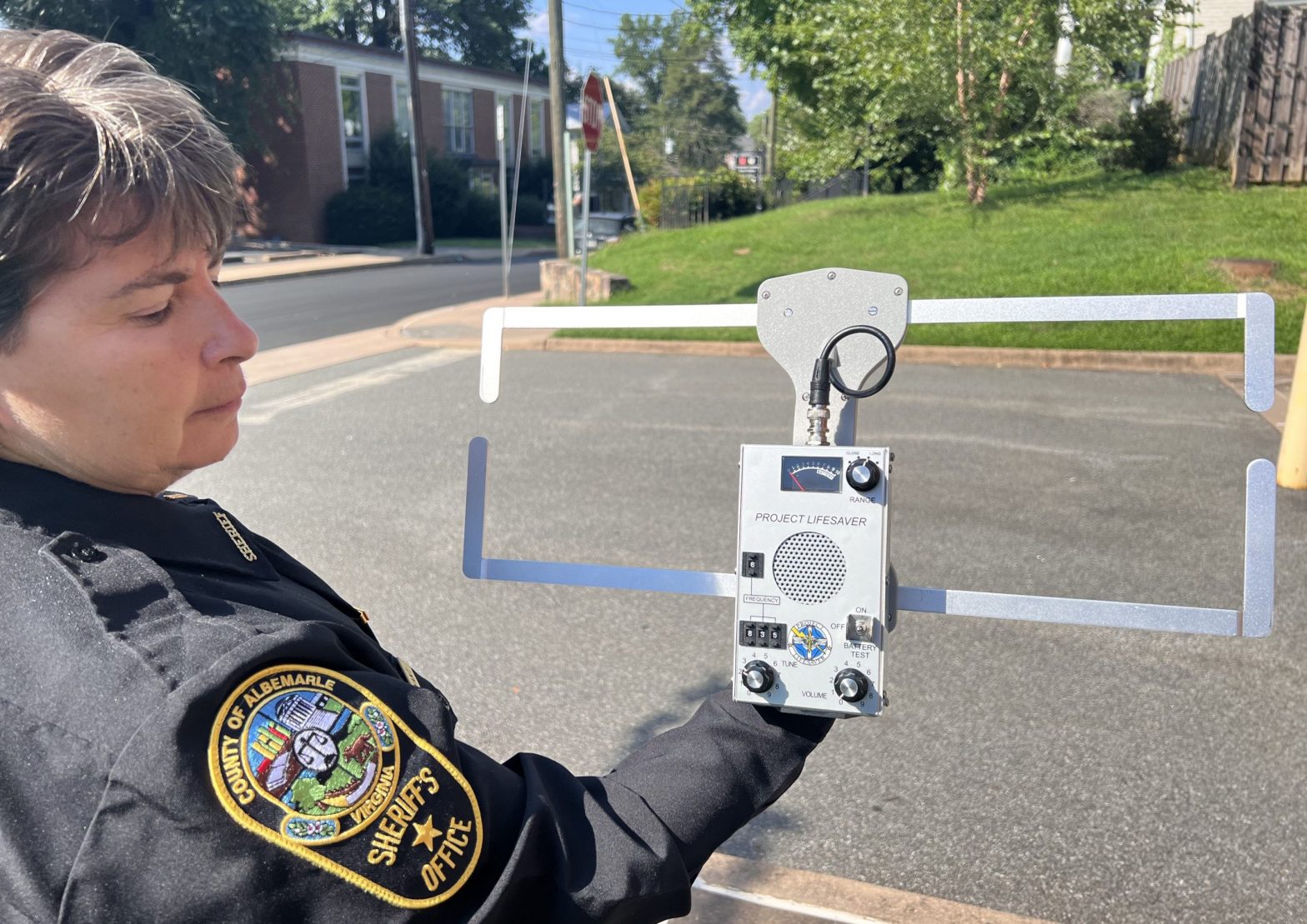August is Virginia Craft Beer month and, as part of the celebration, the Virginia Craft Brewers Guild hosted the annual Virginia Craft Beer Cup competition. This year, a record 106 breweries submitted 396 beers, and several Charlottesville-area breweries won significant awards (see below).
Noteworthy among local winners is Three Notch’d Brewing Company’s first-place award in the Hazy IPA category for its King of Clouds Juicy IPA, and Decipher Brewing’s Best in Show win, grabbing the Cup for its Barley Late Kölsch.
The King of Clouds is a flagship brew at Three Notch’d, and something that brewmaster Dave Warwick is proud of. Hazy IPAs are extremely popular with consumers right now and, as a result, it is one of the event’s most competitive categories. Three Notch’d brews its winning hazy with Idaho 7 and Citra hops, resulting in citrus and tropical fruit aromas and flavors that combine for a smooth, sweet mouthfeel and delicate finish.
The winning Decipher brew, in addition to being a significant accolade for co-founder and head brewer Brad Burton, is also a nod to the Charlottesville homebrewing community. Burton says that Barley Late had its origins in 2019 when homebrewer Tom Wallace won the Stanardsville Oktoberfest homebrew competition, sponsored in part by Decipher. The prize included the chance to brew the beer through Decipher’s commercial system and release it to the public. On brew day, the shipment of barley had not yet arrived, and they had to scramble to find some. Just after they started brewing, there was a knock on the door and the original order was delivered, hence the name.
Wallace, an accomplished brewer in his own right, helped found local homebrewing club Charlottesville Area Masters of Real Ale in 2007. During his 23 years of homebrewing, Wallace won several local and regional homebrewing awards, including the one that resulted in his collaboration with Decipher. Wallace has assisted Burton with brewing Barley Late several times since 2019, and is very excited that the resulting Kölsch is now recognized across the state.
Raising a glass Charlottesville-area breweries pour it on to win at the Virginia Craft Beer Cup
Blue Mountain Barrel House
Third place, Experimental: Raspberries in Acid
This is an imperial witbier brewed with lactobacillus, and fermented with one pound per barrel of raspberry purée in wine barrels from Thatch Winery (recently purchased by Michael Shaps Wineworks). It’s a popular beer, and the brewery holds an annual release party for it.
Blue Mountain Brewery
Second place, Pilsner: Classic Lager
The name of the beer truly speaks for itself, as this checks off every box when you think of what a traditional lager should be. BMB’s pre-prohibition-style recipe yields a light aroma, grassy hops, and sweet grains on the palate.
Blue Mountain Brewery
Third place, Fruit: Drink a Peach
This is a classic gose recipe that is sour fermented with peach purée. A crisp, light-bodied beer, it is full of the aromas and flavors of peach that then transition into a tart, sour flavor on the palate with some slight salinity at the finish.
Decipher Brewing
Second place, Strong Ale: Artemis
In addition to winning the overall Cup, Decipher’s Artemis wheat wine took home second place in the Strong Ale category. While wheat wine is not as well known as other styles, it is popular among some craft brew lovers. Brewing it involves a labor-intensive process and uses a portion of wheat in its grain bill (in addition to barley malt). The Artemis is a sweet, malty, high-alcohol beer that’s smooth and balanced on the palate. Of note, this beer also won a bronze medal at the World Beer Cup competition, the largest beer competition in the world with over 10,500 entries from 57 different countries.
South Street Brewery
First place, Fruit: Blues Buster
Of note, Blue Mountain Brewery acquired South Street Brewery in 2014, so the Blue Mountain Brewery family essentially received both the first and third place awards in the Fruit category this year. That’s quite a showing considering the competition received entries from all over the state. Their Blues Buster beer is a very popular sour-fruited gose fermented with blueberry purée. Unfortunately, this beer isn’t available in distribution, but cans are available at breweries. For fans of the Blues Brothers, the can’s art will bring a smile.
South Street Brewery
Second place, Wood: Barrel-Aged Satan’s Pony
South Street has brewed Satan’s Pony Red/Amber ale since the brewery’s very beginning, and it has always been popular. The barrel-aged version spends time in bourbon barrels, and the result is a big, flavorful, higher-alcohol beer with lots of body and hops, caramel, oak, and vanilla flavors.


